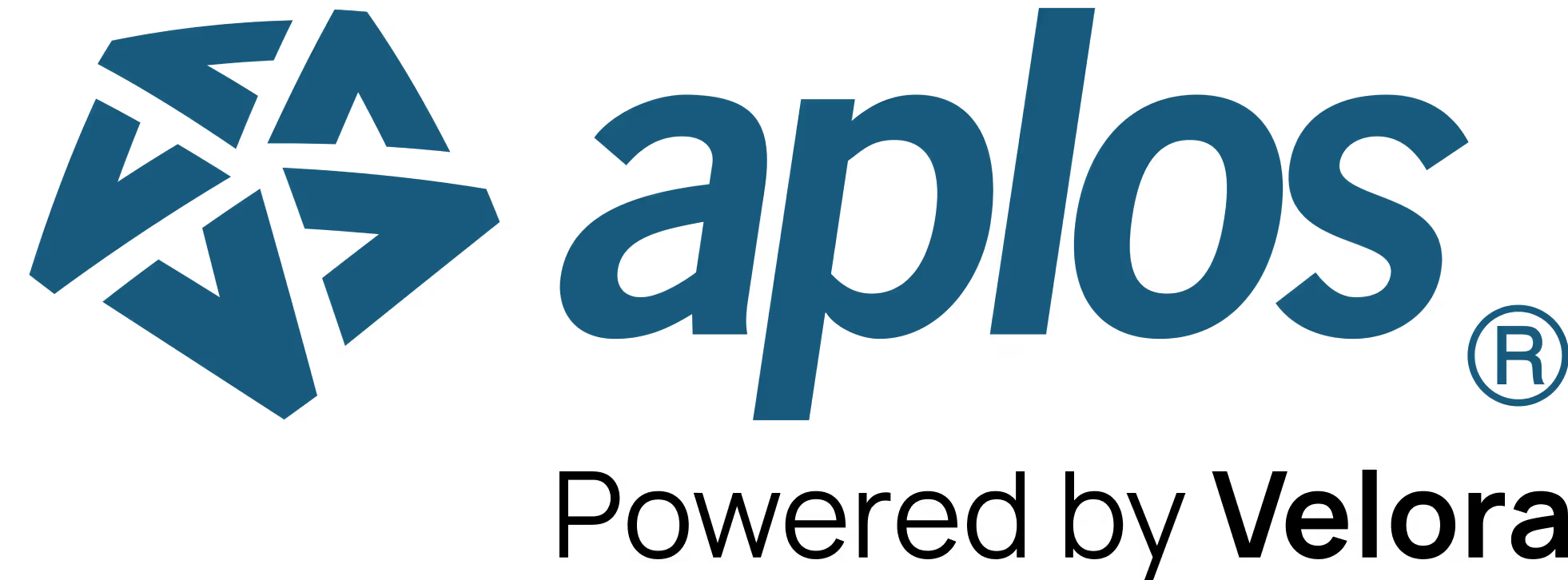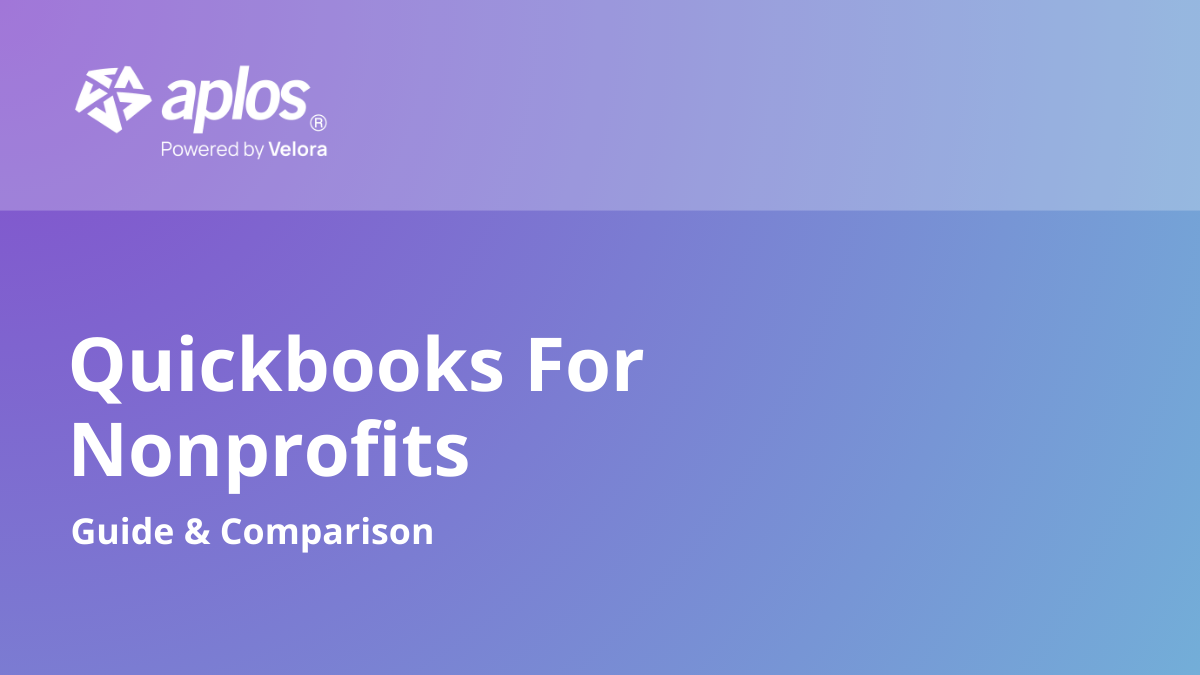
Donor Data Management: 5 Top Tips for Better Fundraising

Every nonprofit fundraising strategy revolves around donor data in some way. Not only is data necessary for getting into contact with your donors, it’s difficult (if not impossible) to create thoughtful and compelling engagement opportunities without first having some insight into your donors’ habits and affinities.
However, managing donor data can be tricky. Many nonprofits aren’t sure how to keep their data lean and organized so they can more effectively leverage that data. Never fear. In this article, we’ll cover 5 donor data management best practices that lead to better fundraising:
- Enlist the help of a donor database
- Migrate right
- Learn your software
- Optimize data entry
- Keep an eye toward maintenance
Now let’s dive into the best practices of donor data management.
1. Enlist the Help of a Donor Database
Managing your donor data will be much more straightforward with the help of the right tools. There are many data management systems nonprofits can turn to for organizing their donor data. However, none can compare to the donor database. Nonprofit donor databases allow you to create donor records, where you can store and track all pertinent data on your constituents.
For example, you can record:
- Basic biographical information and demographics
- Contact information
- Corporate, familial, and other relationships
- Interests and affinities
- Previous interactions with your organization, such as gifts, volunteer involvement, event attendance, and online engagement
And this list certainly isn’t exhaustive. Many donor databases will easily allow you to add custom fields and notes so you can track information unique to your organization. For example, if you were an animal rights organization, you could add a “Pet Name” field to keep track of your donors’ pets, and reference them in your outreach. Trust us. Your donors will be impressed that you were paying such close attention.
Centralize Your Data for Donor Management
The biggest benefit of donor databases over other constituent management systems is the fact that all data is centralized. Since all data sources are housed under the same roof, they can communicate with each other to provide your nonprofit with a more complete and detailed understanding of your donors.
With a 360-degree view, your nonprofit can better connect to your supporters by providing personalized engagement opportunities through their preferred outreach channels. And a more engaged base is a more invested base. Furthermore, centralizing your donor data will make it universally accessible to your staff and reduce the instances when you’ll have to transfer data between systems. This will leave you with less room for error when it comes to both the data itself and how your staff handles it.
Centralization will help you approach your donors more insightfully and keep your data organized, thus enabling you to leverage it more effectively. To keep your data centralized, turn to a donor database.
2. Migrate Right
When moving to a new donor database, the first step will be migrating existing data from your current systems to the new platform. Migration can be a long and complicated process, but it couldn’t be more crucial. Here are a few tips to help make data transfer more successful:
- Clean your data
The importance of cleaning your data before the switch cannot be emphasized enough. Start by standardizing your existing records, cutting out-of-date or extraneous information, and eliminating duplicate entries to ensure your data is lean and accurate. That way you’ll only transfer what you need and minimize the time the data transfer will take. - Consider hiring a consultant
Many donor database vendors offer data migration consultation. If your vendor doesn’t, there are plenty of third-party services that do. Don’t be afraid to invest in a little extra help if you need it. - Migrate in stages
Data transfer can take a long time. Make it more digestible by prioritizing your data and moving it over in stages. Plus, handling migration this way will limit the amount of data that’s inaccessible to your staff at certain times.
Migrating your data in the right way will set you up for long-term fundraising success, since you’ll start out with more clean and accurate donor records. Additionally, taking a strategic approach will make data migration less of a hassle and minimize the time you spend completing the process.
Data migration can be a headache, so make it as easy as possible. Utilize your database sooner by cleaning your data beforehand, hiring a consultant, and migrating in stages.
3. Learn Your Software
Data migration is only half of the equation. You and your staff will also need to learn how to use it. The most obvious way to start learning your software is by taking advantage of the training options your vendor provides. Most offer at least two options:
- Pre-recorded videos
These are usually free, but they can’t be tailored to your organization’s needs and concerns. - Onsite and/or online custom training
Trainings allow you to ask questions and focus on the modules your organization will be using most, but they usually come at a cost.
Whether or not it’s worth it to invest in custom training will ultimately depend on your organization’s needs. However, what’s more important to note here is that your organization shouldn’t just stop learning your software once training ends. Donor databases are complex pieces of software, and there’s no way you could possibly learn every feature within the span of training. You should be learning your software consistently. Explore different modules and keep testing out their functionality.
It can be helpful to set learning goals to hold you and your staff accountable to learning your software fully. For example, one month you’ll focus on the donor management module, the next on the communications module, etc.
The right tools (software and clean data) are an excellent first step to successful data management. However, no matter how robust your software is, it can’t function to its full power if your staff doesn’t understand how to use it properly.
Initially learning your software and continuing to explore it ensures your staff will be able to maximize the benefits your donor database provides. The better you know your software and are able to utilize its modules, the more it can help you improve and simplify your fundraising efforts.
4. Optimize Data Entry
Of course, data management doesn’t end once your database is set up and you’re trained on it. You’ll still need to enter new donor data on a regular basis. As with the other steps of the data management process, there are better ways to handle data entry than others. Here are a few ways to make entry easier and more effective:
- Integrate platforms
Ideally, your organization should integrate any channel you use for collecting data with your CRM. And don’t forget your website. Integrating automates much of your data entry, minimizing the amount of time you’ll spend doing it by hand, and reducing room for error. - Automate data entry tasks
Your donor database should make management easier by including features that can automate data entry and upkeep for you, such as eliminating duplicate records. - Standardize entry procedures
For the data fields that have to be entered by hand, make sure you have a detailed list of procedures. You should have standards for every data point that could possibly be entered in more than one way (such as phone numbers, titles, and empty fields). Standardizing entry will make it easier to retrieve data and train new staff members on your database. - Limit the amount of staff entering data
You should also keep the number of people entering data to an absolute minimum to reduce the chances of duplicate entries and other procedural errors. Additionally, ensure everyone has clearly defined and separate tasks so no two people handle the same data.
Automating data entry processes will open up staff hours, allowing you to allocate your time in the most meaningful way. Also, by having clearly defined processes and guidelines in place for data entry, you’ll significantly reduce error.
When your data is clean, accurate, and easy to retrieve, you’ll be much more successful at leveraging it to improve your fundraising. Handling data entry with care will set you up with a cleaner and more powerful database, help minimize mistakes, and optimize staff hours.
5. Keep an Eye Toward Maintenance
Aside from data entry, there are some other tasks you’ll need to complete regularly to keep your donor database running at top speed. Here’s what you should think about when it comes to database maintenance:
- Regular cleaning
Your organization should set aside a time once a year to perform a thorough cleaning. Make sure your records are standardized. Delete duplicates and get rid of any lapsed donor profiles. You should also send out a quick email blast asking your donors to confirm their contact information and update your database accordingly. - Updates
Your donor database vendor should provide frequent software updates to correct bugs and keep your software compatible with current technology. Make sure your organization is looking out for updates and installing them ASAP. - Data backup
It couldn’t be more important to have a full backup of your data at all times. Remember to create a new backup any time you make a significant change to your database.
Maintenance is a critical component of data management, so be proactive about it.
Maintenance and Management of Your Donor Data
Your donor database will be running tirelessly to help your organization, so it’s important to give it a little TLC. By taking an active approach to maintaining your software, you ensure it’s always functioning as well as possible.
Let’s break it down by each of the tasks discussed above:
- Cleaning
Regularly cleaning your database means you’ll always have accurate and up-to-date set data to draw from so you can better connect to your donors. You can also nip any data entry errors in the bud before they become larger problems that are harder to handle. - Updates
Failure to update your software could mean it’s no longer compatible with your other technology. And if that’s the case, your donor database will be virtually useless to your organization. - Backup
If you don’t have a current backup of your data, and something happens to your database, you could lose a wealth of valuable donor information. Without that information, you won’t be able to get in touch with your donors or send them relevant and compelling communications.
If your organization doesn’t properly maintain your database, you could suffer dire consequences that will cause your efforts to take a hit. Clean your donor data regularly for good management, update your software, and keep a full backup of your database to ensure your data is functioning as it should.
For more information on data management and donor databases, check out NeonCRM.
Every now and then we feature content from outside contributing authors who help bring new insights into the world of nonprofits and fundraising. This article comes to us from Jeff Gordy, CEO of Z2 Systems, Inc., the makers of NeonCRM. NeonCRM provides nonprofits with the tools they need to grow their mission, inspire their audience, and scale their organization for success.

Our comprehensive closeout services start at $399 per month that needs to be reconciled. Sign up before Jan 1st and pay just $199.50 per month!
Copyright © 2025 Aplos Software, LLC. All rights reserved.
Aplos partners with Stripe Payments Company for money transmission services and account services with funds held at Fifth Third Bank N.A., Member FDIC.
Copyright © 2024 Aplos Software, LLC. All rights reserved.
Aplos partners with Stripe Payments Company for money transmission services and account services with funds held at Fifth Third Bank N.A., Member FDIC.



.png)



